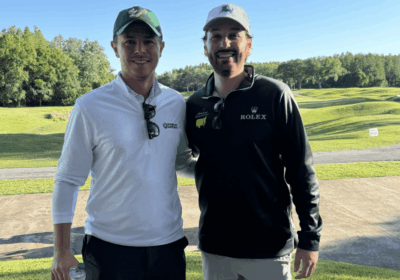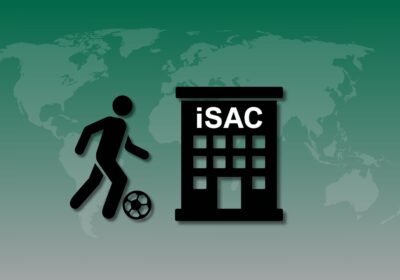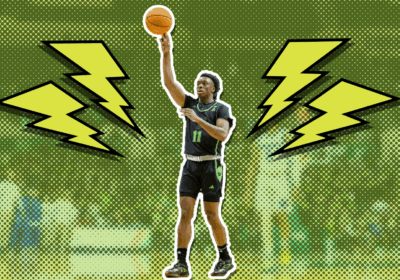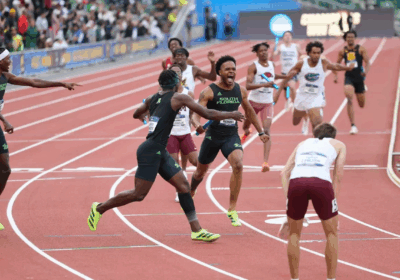Love it or hate it, the DH is on its way to the NL
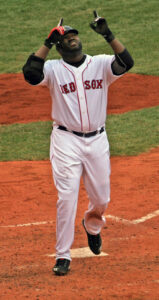
The time has come.
Change and progress must be made — not just for us, but for our children and our children’s children. We must leave things better than we found them.
That change, of course, is adding the designated hitter to the National League.
OK, maybe it’s not that serious, but it’s still a change that’s been a long time coming.
Frankly, it’s inevitable at this point. There seems to be a report about adding the DH to the NL as spring training approaches every season, with the latest coming from MLB insider Jim Bowden on Monday that there is a “growing belief” that the position will be added as early as 2021.
Say what you want about the DH, but for almost 50 years, the American and National leagues have been playing with different rules, and that’s not right at all.
Don’t kid yourself with the idea that the alternative is simply eliminating the DH in the AL, as if the MLB Players Association would ever go for eliminating 15 full-time jobs.
Yes, roster size likely would remain the same, but a DH makes much more than the 26th player on the roster. Fewer higher salaried jobs isn’t exactly the kind of thing the MLBPA wants.
So, if you’re fiercely anti-DH, Monday’s report probably wasn’t welcome news. But as we head toward the almost certain future of the DH in both leagues, it’s important to realize it’s not that bad.
Pitchers are bad hitters
This shouldn’t shock anybody: Pitchers are almost always automatic outs.
According to Views from 341 Ft., an independent Yankees-themed blog, in more than 5,100 plate appearances last season, pitchers slashed — batting average, on-base percentage and slugging percentage — a whopping .128/.160/.162 and hit 24 home runs. That’s good for a wRC+ of -18.
Compare that with the DHs in the AL: .252/.339/.467 with 532 homers and a wRC+ of 110.
So, while it’s awesome when a pitcher “helps his own cause,” either by driving in a run or hitting a homer, it really doesn’t happen as often as you might think.
There’s not that much strategy involved
The usual argument in favor of keeping the DH out of the NL is that it takes away late-game strategy, like double switches.
But it’s not a crazy amount of strategy.
It’s effectively deciding whether you should pull your pitcher when his spot comes up the third or fourth time. What you’re left with is pitchers getting pulled earlier than they would be otherwise in favor of a slightly better hitter.
That’s not really a lot of strategy. Nor is it strategy when Joe Maddon puts his pitcher in the No. 8 spot because he has this belief that the No. 9 hitter is basically like a second leadoff man. The former is simply making a tough decision and the latter is just Maddon being quirky.
Double switches aren’t that much better because that just results in a team pulling two of its starters in favor of players that likely aren’t better. Plus, the real goal of the double switch is to make it so that the next time the pitcher’s spot comes up, it’s later than it would be without the switch.
It’s almost like managers don’t relish having to clear their benches to avoid a reliever hitting.
It levels things in the World Series and other interleague play
Each team plays 142 regular-season games against the other 14 teams in its league.
Then, if it’s lucky, it can play anywhere from 3-12 postseason games — also against teams from the same league.
If it’s really lucky, the World Series comes next — and then the rules literally change. With both leagues having different rules, the visiting team in each World Series game — and in each team’s 20 interleague games during the regular season, for that matter — is at a competitive disadvantage.
For an AL team playing in an NL ballpark, a team either has to sit one of its better hitters or play him in the field — assuming he isn’t a total liability with the glove.
For an NL team playing in an AL ballpark, while whatever hitter is plugged into the DH spot is almost assuredly going to be a better hitter than a pitcher, he’s likely not going to be as big a bat as his counterpart.
Simply put, with the 2019 World Series being a notable exception, in the biggest games of the season, the road team is at a silly disadvantage because its lineup isn’t built for the opposite league’s rules.
The only way to fix this is to have standard rules across both leagues.
And the MLBPA isn’t letting 15 full-time jobs go away.
Love it or hate it, NL fans, it’s coming.


